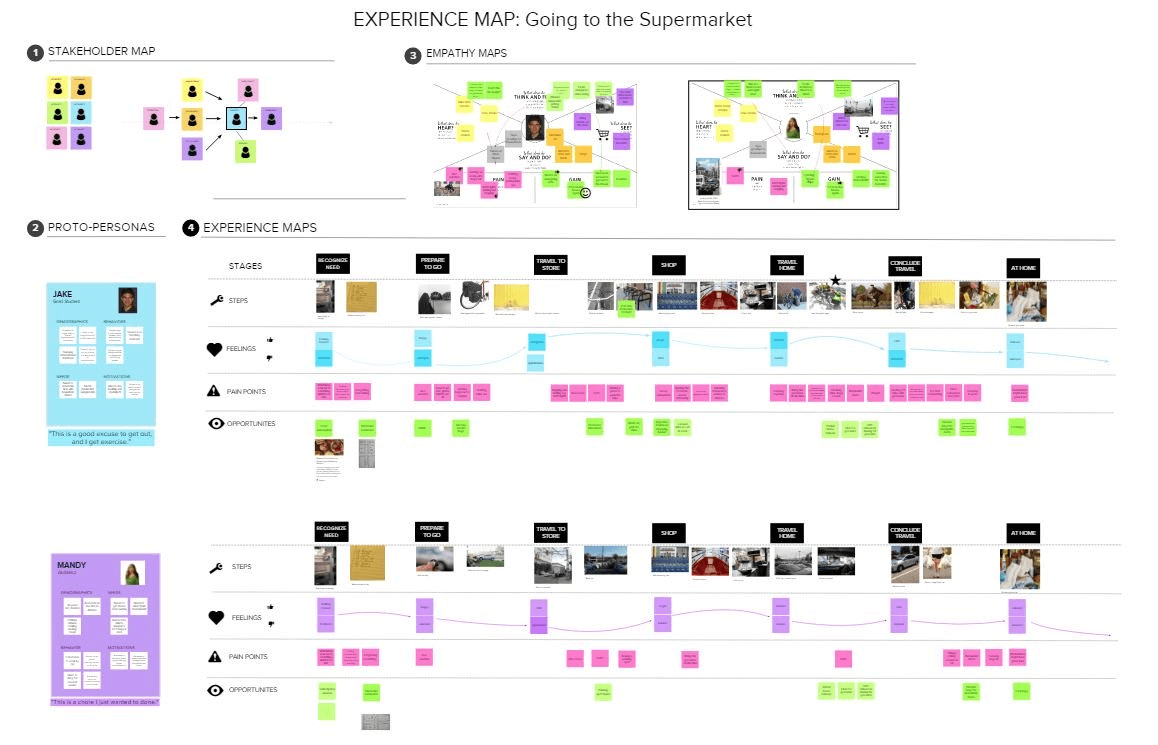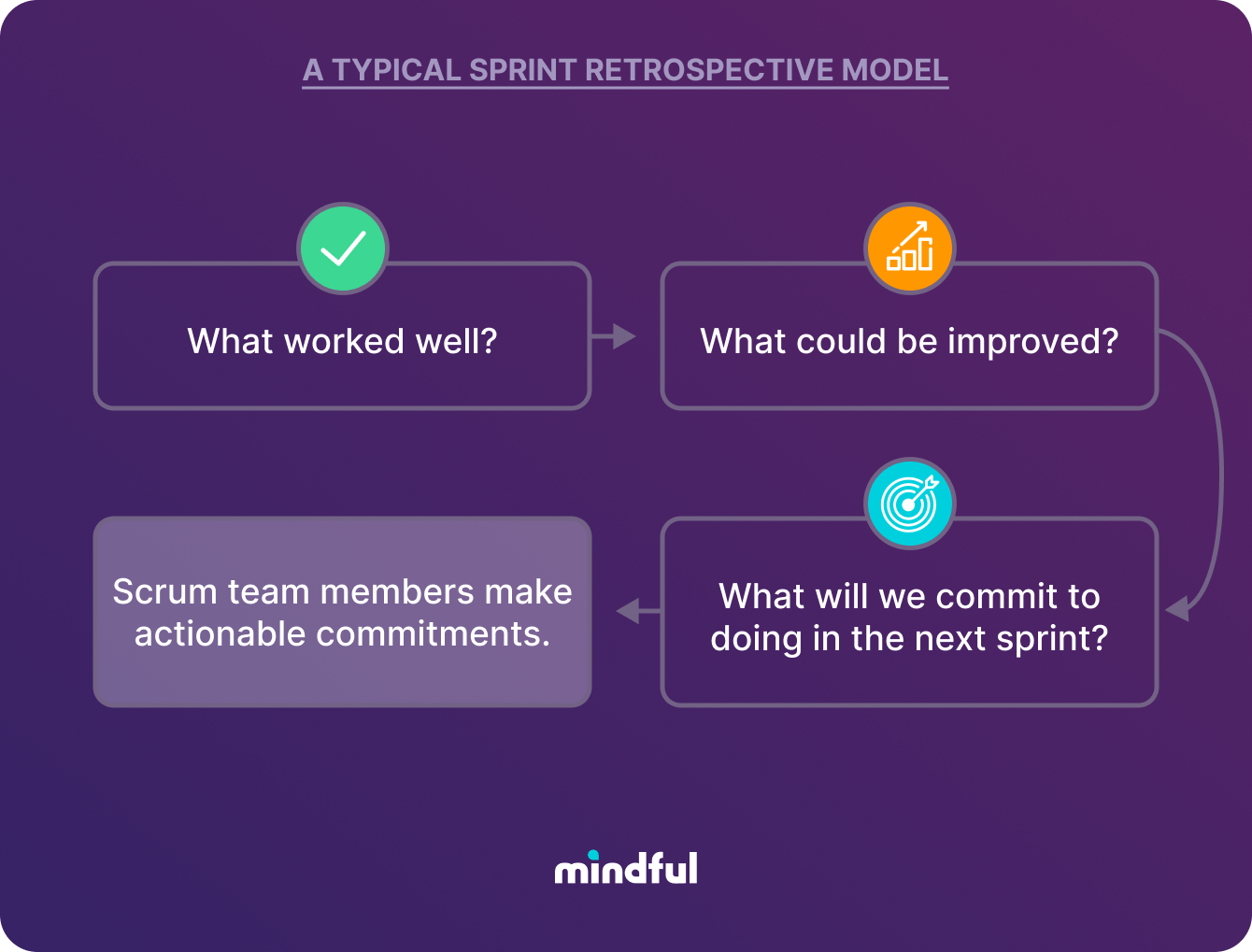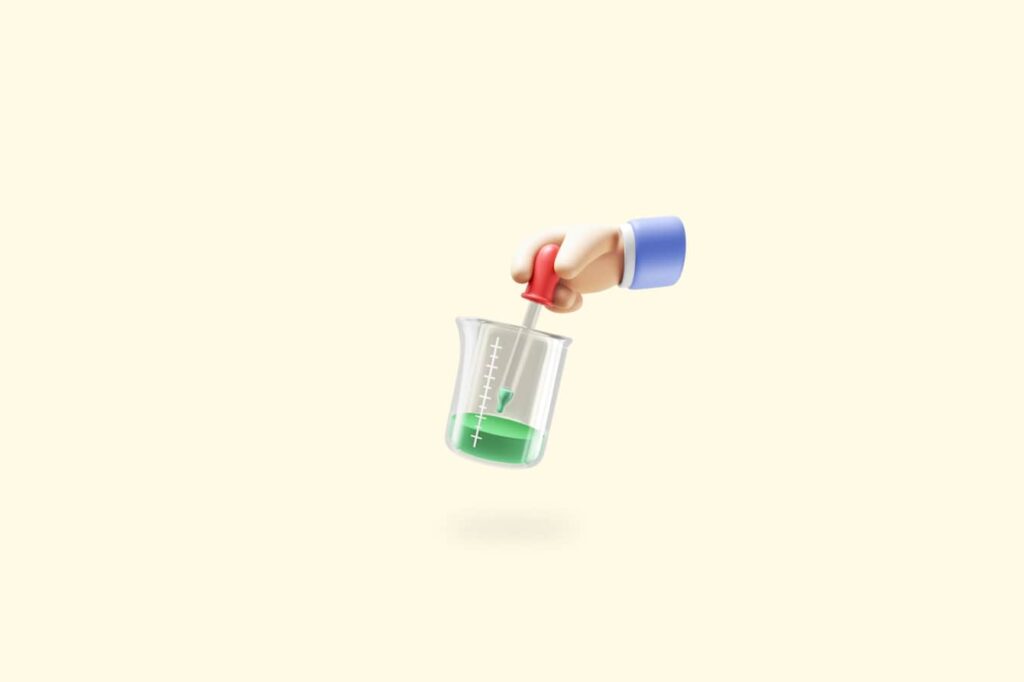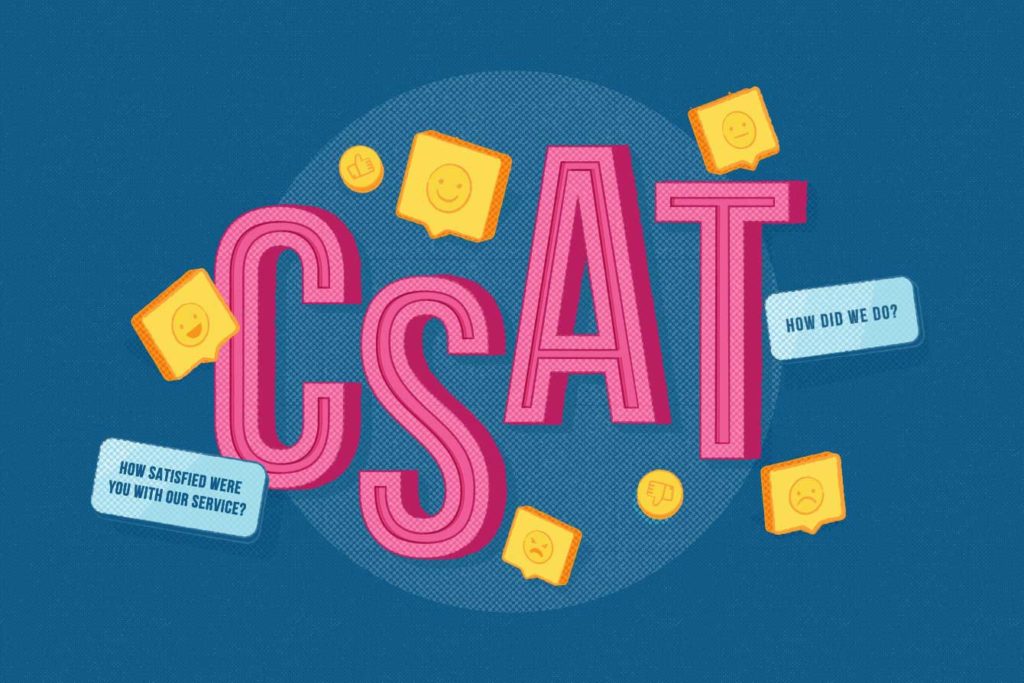A customer service agent’s ultimate goal is to create delight in the customer’s eyes, going above and beyond the customer’s normal expectation of service because 74% of customers are likely to purchase your service or product based on their positive experience alone.
Customer experience will rely heavily on your agents doing a great job—and arming them with the right tools is an important first step.
It’s not surprising that 56% of companies use customer satisfaction survey data to monitor the interactions of high-value customers and target which customers to support. But customer satisfaction scores shouldn’t be exclusively used to point out pain points in a customer journey. The data can also help your CX (customer experience) agents empathize with customers, map out customer experiences more efficiently, and even strategize on future problem resolutions for customers.
Let’s dive into how you can more effectively use CSAT data to help your agents do their job better.
Customer satisfaction scores are a useful hidden tool for CX agents.
Companies always imagine CSAT scores as a ticking bomb, used as a litmus test for how good or bad your company is doing. Truth is, it’s not.
Your customer satisfaction score is a useful yet often misinterpreted tool that helps teams analyze feedback and then use that feedback to strategize and improve by providing insights they would not normally have. Think of CSAT scores as a map of the inside of your bomb that, if studied and followed correctly, will help you eventually turn the bomb into a bouquet.
Avoid falling into the mindset that customer satisfaction scores are useful for only one thing: finding problems. CSAT scores can be shared with marketing, sales, and customer service departments to help your teams identify positive ways to understand your customer’s journey, spot weaknesses in personnel or resources, and identify gaps that could be remedied.
Contact center agents or CX agents can access CSAT scores to empathize with the customer and their experience. That empathy is the path to creating a better customer experience. Walk a mile in your customer’s shoes, and you may better understand why they ended up calling.
Mindful helps to bridge the gap.
VHT’s Mindful platform can also help an agent after they’ve acquired CSAT data by allowing them to help customers schedule a callback time through email or text. The text notifications through Mindful give you rules-based SMS text responses to connect with customers in their channel. It also automatically lets them know the time you’ll call them and offers them web links for self-service or other notifications that fit your needs.
How agents can turn scores into customer delight
There’s a difference between customer satisfaction and customer delight.
Customer satisfaction is making sure you take care of a customer to the best of your ability, like finding prompt, focused solutions to their problems and engaging in friendly, professional interactions. Customer delight is going a step further by providing an additional level of support, like interacting with customers during engagement, purchase, and post-purchase to follow up on their experience. The extra effort creates a feeling of “delight” that makes the customer feel special, valued, and appreciated—and, in turn, leads to even better customer satisfaction scores along with an increase in loyalty, trust, and positive praise from your customers.
Agents can use the CSAT feedback to lay out a customer journey map, which is a modern and progressive way to visualize your customer experience. Two out of five companies are using customer journey maps, and 42% of organizations developed theirs within the past two years.
Customer journey maps are just visual representations of a customer’s interaction with your product or brand.
Source: MURAL.co
Having this data in an agent’s hands means the agent can reference where the customer has been, who they’ve already interacted with, and what their issue may be. It’s useful because a customer doesn’t have to repeat their issue to multiple agents, which will eventually lead to customer dissatisfaction. Thirty-three percent of customers rate repeating issues as one of the most frustrating aspects of customer service.
Quick tip: You can create your own customer journey map or use a premade template like the ones offered by MURAL.
Another way agents turn scores into action is by not seeing the resolution of an issue as the final interaction with a customer.
A customer calls, relays their issue, you find them an answer, and then you move on to the next customer. That’s the baseline of customer service and can be done without CSAT data.
With CSAT data, the agent is informed and ready to speak to the customer at their level and to their particular experience, and can continue their interaction in a more helpful way. This will give the customer the feeling that your agent truly understand their interaction with your company or brand, taking customer service to a higher level. Having a record of what the customer has already found problematic or helpful according to the CSAT data empowers the agent and lets the customer feel as if they’ve experienced their journey with you at their side. Personal attention generates delight.
Use agent feedback and visualization tools.
Customer satisfaction scores should also be used in conjunction with your agent’s feedback. Who knows the customer better than the boots-on-the-ground teams dealing with them on a daily basis? Give your agents the CSAT survey results, and let them come up with ideas and strategies on how to handle some of your lower-scoring questions.
Once you have the data, you should also consider using some kind of visual board to post the results. Kanban and scrum boards can help you visually identify pain points from the CSAT survey (like negative interactions with an agent or poor resources for answering questions on the website) and even allow you to see issues that may stem from a common problem.
For instance, if you see that a number of the results point to faulty website issues, the customer service agents can now develop messaging that addresses the issue while it’s being worked on.
How to talk to agents and use CSAT as a benchmark
Your CX agents are under a lot of pressure. They’re constantly at the front lines of customer interactions, both negative and positive. CSAT data is often used as a benchmark of how well they’re performing, although it is not a representative score (a combination of metrics should always be used, like CSAT, NPS and CES data).
When presenting results to them, it has to be seen as a team responsibility. Avoid calling out any single department or team and encourage collaborative feedback and solutions. Even with negative feedback from the survey, it should be seen as an “us” issue, not a “you” issue. Always present positives as a win and negatives as a challenge. If your team has to empathize with your customer’s experience, you should empathize with your team’s experience.
In the same vein, you should also clearly explain goals and objectives for your brand or business before presenting scores. If you go into a meeting with a lot of bad news that no one was expecting, you’re liable to create confusion or even animosity among some teams. Instead, set a meeting agenda that clearly states what data will be presented, why the data was collated, and what you plan on doing with the data after it’s discussed.
Consider using a tried-and-true scrum ceremony (or meeting) called a sprint retrospective with your CX agents. When you get data back that pinpoints a certain segment or department (like sales, marketing, development, or customer service), simply ask your teams what went wrong with this problem from the survey? If it was positive data, ask what went right (and collect feedback from the team). Then ask the teams what can be improved and what resources do they need to resolve any issues.
Source: Scrum.org
After initially presenting the scores, always go back and look for positive numbers to help encourage your teams. Customer satisfaction scores are just as effective at tracking improvements as they are at pointing out challenges, and a team that has a positive CSAT rating or comment from customers should be commended
Summing up
CSAT feedback makes customer service a little easier—and customers a lot happier.
It’s clear that you want to do what’s best for your customer. And the easiest tool supporting you is feedback like the customer satisfaction score.
When a customer feels delight, they’ll remember you positively, purchase from you regularly, and their loyalty and incentive to promote your service or brand increases. CSAT feedback also makes the CX agents’ jobs a lot easier because they have a roadmap to help guide them through a potential minefield of trouble.
Customer satisfaction scores could provide clarity and confidence for your contact center team, make the customer feel appreciated, and, ultimately, save you time and expense by catching potential issues before they develop into major problems.








